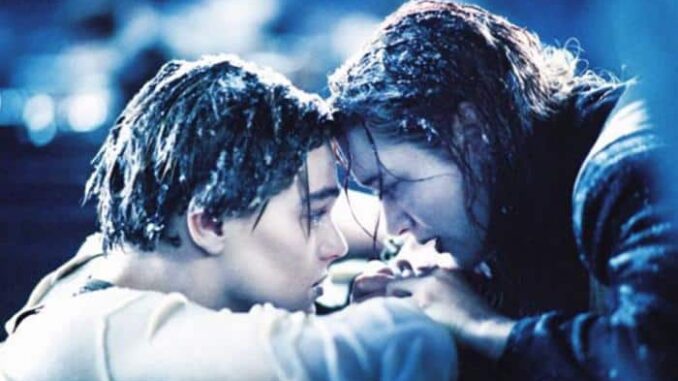
The Echo Chamber of Ice: When History Becomes a Holiday Package
The very name ‘Titanic’ conjures not just an image of a ship, but a sweeping narrative: the zenith of Gilded Age opulence, the hubris of human engineering, and the chilling, swift descent into a watery grave. It is a story so profound, so laced with romance, class struggle, and tragedy, that it has transcended mere history to become a modern myth. It’s a myth perpetually polished and re-examined, often through the lens of popular culture, cultivating generations of ‘Titanic’ fans – not just historians, but enthusiasts captivated by the ill-fated liner’s spectral allure. So, when news surfaces that such fans are being "targeted" for trips on a replica of the historic cruise liner, it presents a peculiar, almost disquieting, tableau: a commercial venture echoing a catastrophe, inviting participants to walk the very decks where, in another time, dreams turned to nightmares.
To understand the appeal, one must first grasp the depth of the Titanic’s hold on the collective imagination. It’s more than a ship; it’s a floating microcosm of an era on the cusp of seismic change. Its gleaming brass and polished mahogany evoke an age of strict social stratifications, where millionaires mingled with hopeful immigrants, all bound for the New World. The sheer audacity of its design, proclaimed “unsinkable,” provides the dramatic irony that underpins its enduring legend. James Cameron’s cinematic masterpiece further cemented this fascination, transforming the historical event into a sweeping, accessible love story, giving faces and names to the anonymous masses who sailed that fateful April night. For many, the ship became a character, its sinking a poignant, almost romantic, act of fate. The ‘Titanic’ fan, then, is often not merely interested in naval history, but in stepping into the emotional landscape of that myth.
Enter the replicas, the meticulously crafted facsimiles promising a journey back in time. These aren't just cruise ships; they are immersive experiences designed to transport passengers to 1912. The grand staircase, the opulent dining saloons, the meticulously recreated cabins – every detail is intended to evoke the grandeur and the promise of the original. The marketing, predictably, leans heavily on this historical fidelity, explicitly appealing to those who have devoured books, watched documentaries, and perhaps even wept over the film. "Experience what it was like," the implied promise whispers, "walk in their shoes, dine at their tables, dance in their ballrooms." For a ‘Titanic’ fan, this isn't just a holiday; it's a pilgrimage, a chance to touch the very fabric of their fascination, to breathe the air of a bygone era, however simulated.
Yet, beneath this veneer of historical recreation lies an unspoken, pervasive specter: the shadow of the iceberg. The very allure of the Titanic is inextricably linked to its tragic end. And so, the concept of sailing on its replica, particularly one advertised to its most ardent admirers, raises complex questions. Is it a testament to humanity's resilience, its ability to learn from disaster and build anew? Or is it a chilling dance with fate, a macabre form of morbid curiosity commodified? One might argue it's a safe way to experience history, carefully navigated and laden with modern safety protocols. But the irony remains sharp, almost palpable. Are these voyages an act of commemoration, or merely consumption of tragedy, packaged for entertainment?
This phenomenon, then, speaks volumes about our contemporary relationship with history, spectacle, and risk. In an age where every experience can be curated and consumed, even the most profound historical tragedies are not immune to commercialization. It reflects a human desire to engage with the past not just intellectually, but viscerally – to feel the grandeur, yes, but perhaps also the faint, thrilling echo of peril, all from the comfort of assured safety. For the ‘Titanic’ fan, it’s a chance to complete the narrative, to walk the decks of a ship that in their imagination is forever pristine and magnificent, before the inevitable, unbidden memory of the ice-cold ocean intrudes.
Ultimately, the targeting of ‘Titanic’ fans for voyages on its replicas is a peculiar illustration of our fascination with the past. It’s a testament to the enduring power of a story, a ship, and a moment in time that continues to resonate with powerful emotional chords. These voyages blur the lines between historical reverence and theme park ride, between respectful remembrance and entertainment. They invite us to step into the past, not to change it, but perhaps to simply feel closer to its ghosts, even as the carefully monitored radar ensures no icebergs will ever interrupt this meticulously recreated dream. The echo chamber of history, it seems, is now accepting reservations.
